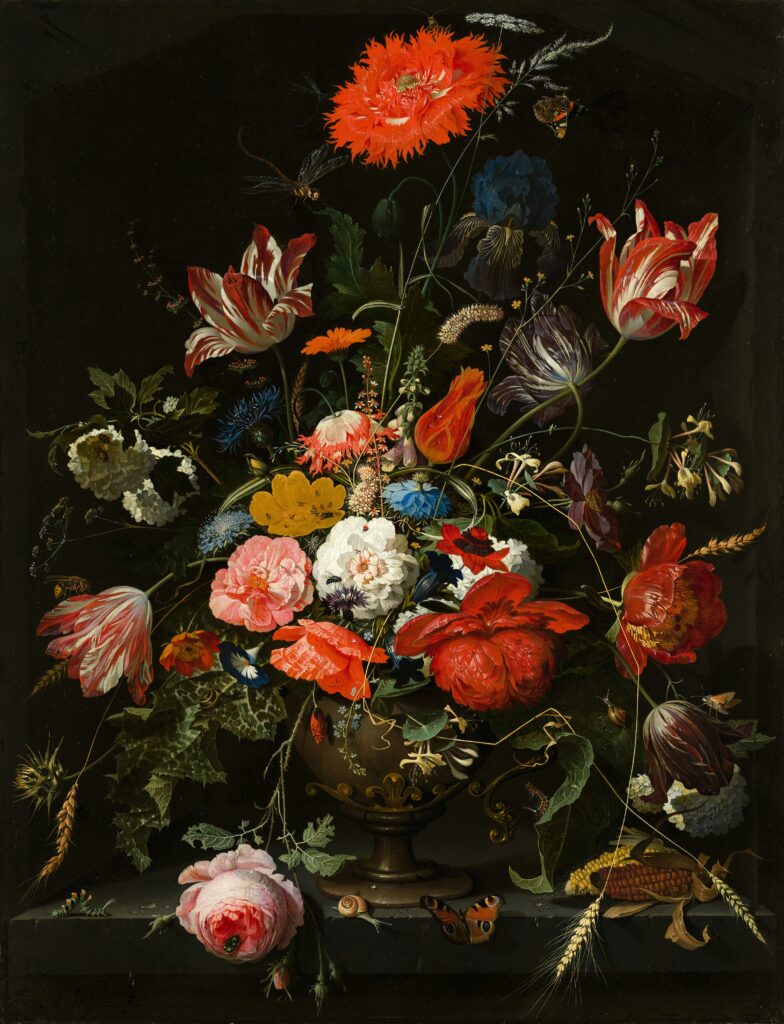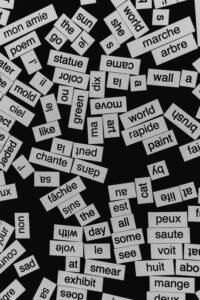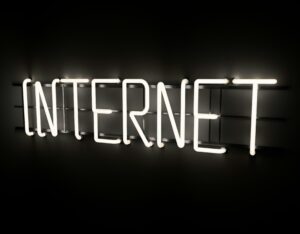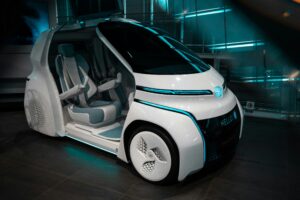Did you know that artificial intelligence is now being used to create fine art? Yes, you read that right – AI is not only revolutionizing industries like healthcare and finance but is also making waves in the art world.
One such example is the AI-powered painting created by the French art collective Obvious. Their painting “Portrait of Edmond de Belamy” was generated by an algorithm trained on a dataset of 15,000 portraits from the 14th to 20th centuries. The result? A hauntingly beautiful portrait that sold for $432,500 at Christie’s auction house in 2018.
This integration of AI into the art world raises fascinating questions about the nature of creativity and the role of the artist. Is the AI the artist, or is it merely a tool used by human creators? As Robbie Barrat, a young AI artist, puts it, “I don’t think that people should necessarily be so worried about feeling like their art is being taken away from them. AI is just a new tool, a new medium.”
Moreover, the use of AI in art has sparked debates about authenticity and originality. Despite the skepticism, AI-generated art is here to stay, challenging traditional notions of creativity and pushing the boundaries of what is possible.
In conclusion, the intersection of AI and art offers a glimpse into a future where technology and creativity converge. It challenges us to rethink our notions of artistry and raises important questions about the role of humans in a world increasingly shaped by machines.



